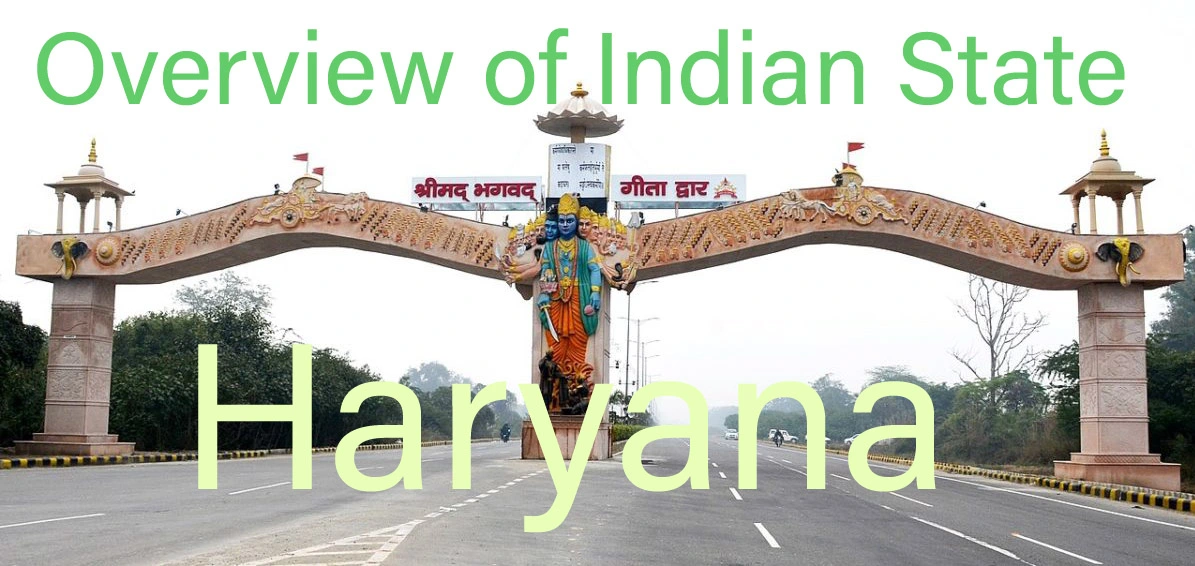Overview Of Indian State: Haryana
Published on 07 October 2024 by CareerDec

After Punjab was reorganised, the state of Haryana was established on 1st November 1966 in north-central India. It is an important area of India that combines important geological and administrative characteristics with a rich historical background. The meaning of the term Haryana is ‘The Abode of God’, which reflects the region's profound cultural and historical significance.
To the northwest of Haryana are Punjab and Chandigarh; to the east are Uttar Pradesh and Delhi; to the north and northeast are Himachal Pradesh and Uttarakhand; and to the south and southwest is Rajasthan. The capital of Punjab and the Chandigarh union territory is Chandigarh, which is also the capital of Haryana.
Brief History Of Haryana
The area that is currently known as Haryana has a rich historical background. It played a crucial role in the early development of Hinduism and the Vedic civilisation. Alexander the Great's invasion and important battles like Panipat and Karnal were among the major historical events that took place in Haryana. Haryana was a part of Punjab during British administration, but calls for a separate Hindi-speaking area led to its separation into its separate state in 1966.
Geographical Role Of Haryana
The alluvial plains of Haryana and the Siwalik Range to the northeast of Haryana define the region's topography. In the southern regions of the state, there is the Aravalli Range, the world’s oldest mountain range. The Yamuna River is the main perennial river here and the state’s geography affects its drainage patterns. The historical Ghaggar River and seasonal streams from the Siwalik range fulfil the state's water requirement.
Despite being a relatively small state, Haryana spans 17,070 square miles or 44,212 square kilometres in terms of area. This state is vital to India's industrial and agricultural sectors. Its agricultural production is mostly dependent on its fertile plains.
As per the 2011 census, 25,353,081 people live in Haryana. The majority population of the state is Hindu, with a sizeable minority also made up of Sikhs and Muslims. An important component of Haryana's social and economic structure is the Jat community, who are known for their agricultural practices.
Administrative Zones In Haryana
Chandigarh is the capital of 2 states and 1 union territory – Chandigarh, Punjab, and Haryana. This planned city, which is well-known for its contemporary architecture and urban planning, is essential to the management and government of these areas.
The state of Haryana comprises 6 administrative divisions and each division is further subdivided into 22 districts. Districts are administered by deputy commissioners or district collectors, while divisional commissioners are in charge of each division. At the village level, the state also has a panchayat raj system of local government.
Bottomline
In Haryana, substantial investments have been made in education in both public and private educational institutions. The National Dairy Research Institute, Maharshi Dayanand University, Kurukshetra University, and other prestigious institutes are located here. Despite having many eminent institutions, there are still literacy issues, particularly among women and those living in rural areas.

